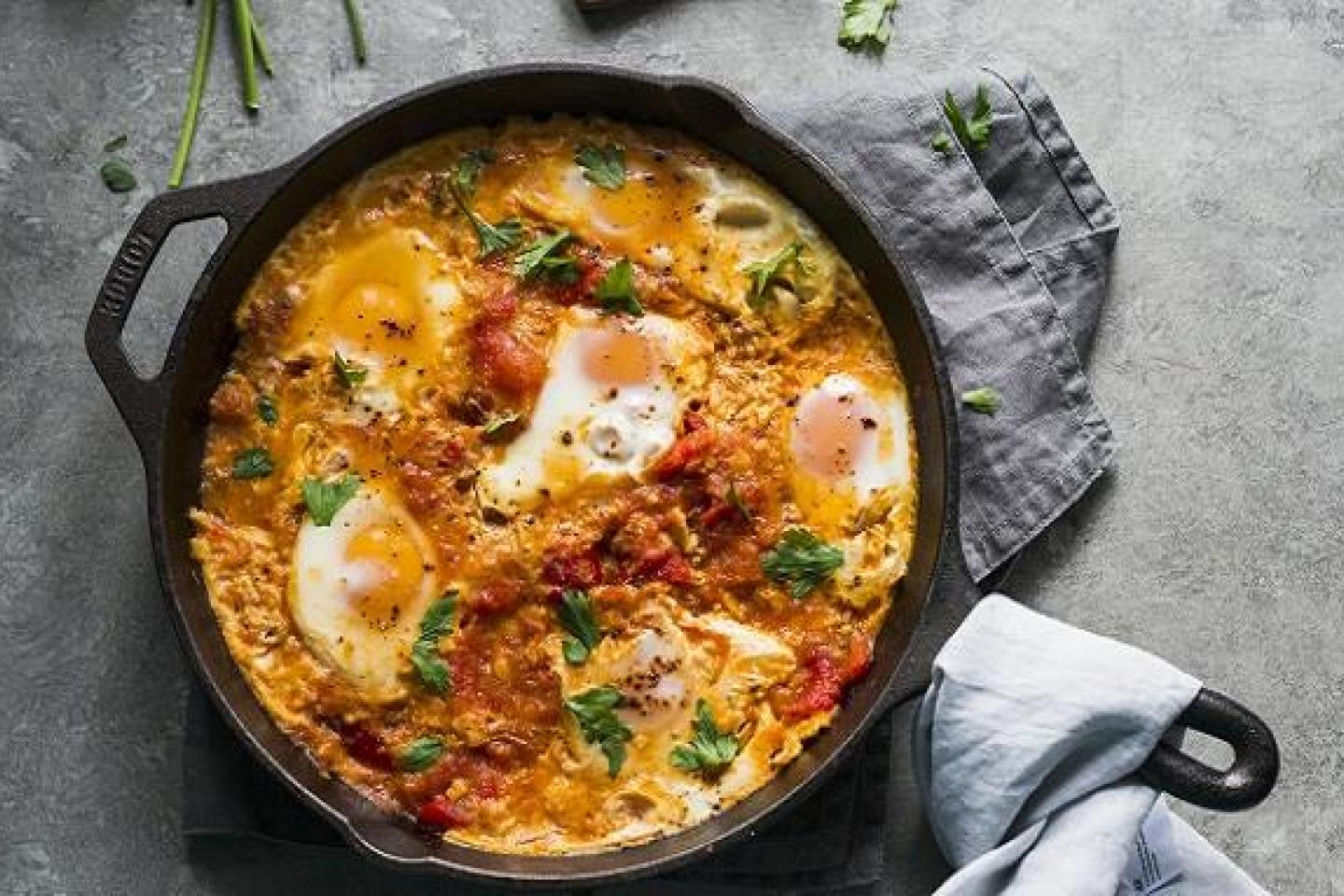
Tunisia: Let’s Have a Look at the Most Common Delicacies of the Red Cuisine
More than any other, Tunisian cuisine has the taste of the Mediterranean. Its ingredients, its combinations, its fragrances, its flavors and then its colors. Over time, like all the cuisines of the world, it has changed and evolved, so much so that one can still find old and traditional dishes, like couscous, and others that have arrived over time such as chapati, a street food that is now widespread throughout Tunisia and whose oriental origins come from India and Iran. However, among the various exchanges and movements, there is one constant in Tunisian cuisine: the color red, which is why it is called red cuisine.
Today let’s do a culinary trip to Tunisia to discover more about the dishes there.
Why Is It Called “Red Cuisine”?
Tunisian cuisine, is called “red cuisine” because in the vast majority of dishes, three ingredients are almost never missing: tomato (often concentrated), red bell pepper (almost always in powder form) and harissa, which we will tell you about right away.
Other constants are eggs, tuna, olives and mechouia, a bell pepper salad we’ll tell you about soon. This does not mean that all dishes are always red, also because there are very common preparations, such as couscous with dried fruit, where other non-red spices are used or mloukhia, a very particular recipe of Jewish origin, based on Arabian mallow, not for all tastes, prepared only for certain special occasions.
Harissa
In Tunisia, there is perhaps no preparation more emblematic than harissa, which originated here, although over time it has spread throughout North Africa. It is a sauce based on red peppers, garlic, cumin, olive oil and salt, more or less spicy, but which tends to be strong. It is never missing on the tables: it is served as a starter, always with tuna and olives; it is often added to other preparations; and it is also found in various sandwiches such as chapati and other street food specialties, which we will describe in detail shortly. Be careful, because it is very easy to develop an addiction to harissa, but fortunately today it is found everywhere, in almost every store that sells products from Arab countries.
Pasta
The Italian influence in Tunisia is much stronger than we think, even in the kitchen. Tunisians, in fact, consume a lot of pasta, which can always be found in bulk on the markets, in almost any format. Among the most used condiments, there is obviously tomato, but they are often prepared also with harissa: a real delight, which brings together in the mouth our common Mediterranean origins.
Couscous
The well-known and common couscous, in Tunisia, unlike other Maghreb countries, always has a different touch that is just in the color: that is to say, a shade tending towards orange/light red, given by the presence of tomato paste. For the rest, the combinations are infinite, from meat to fish, to vegetables, but it will be difficult to find a couscous with a light color, which reflects the most common image that we usually have of this dish.
Borghol (Bulgur)
If it’s not pasta, it’s bulgur (very similar to Couscous), that is, sprouted whole wheat, which is processed in a special way: the wheat grains are steamed and dried, then ground and reduced to small pieces. It is often eaten seasoned with tomato sauce, as well as various ingredients to be chosen at the time (among which, of course, there is always tuna, olives and eggs). It is found in Tunisia, as well as in other Middle Eastern countries and in Turkey, where its name comes from the Turkish word bulgur, meaning boiled barley.
Ommok Houriyya
This typically Tunisian salad is often prepared with carrots, onions, garlic, salt, spices, harissa, olive oil and lemon juice. Once ready, it is then garnished with parsley, olives and chopped hard-boiled eggs. As you can see, the same ingredients are used again and again, but each time in a different way and in different preparations.
Here you go! You now know the most famous Tunisian dishes. And if you are ever visiting Tunisia, don’t forget to try them. Have you eaten any of those meals before? Share your experience with us in the comments below.



